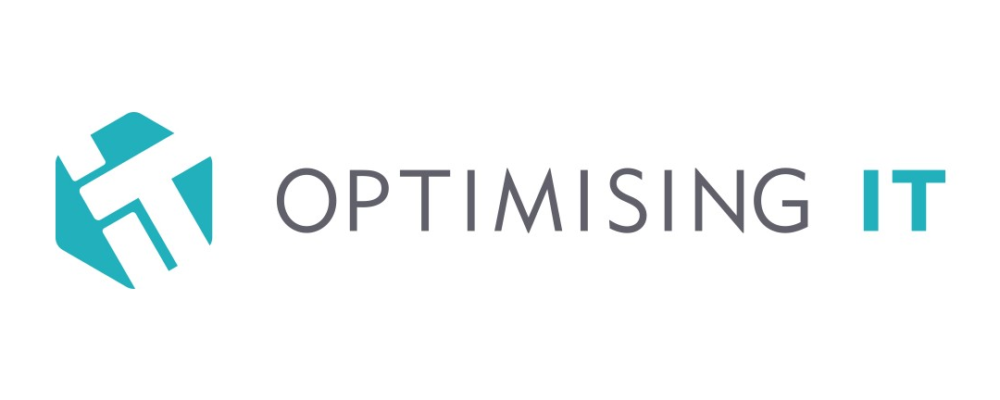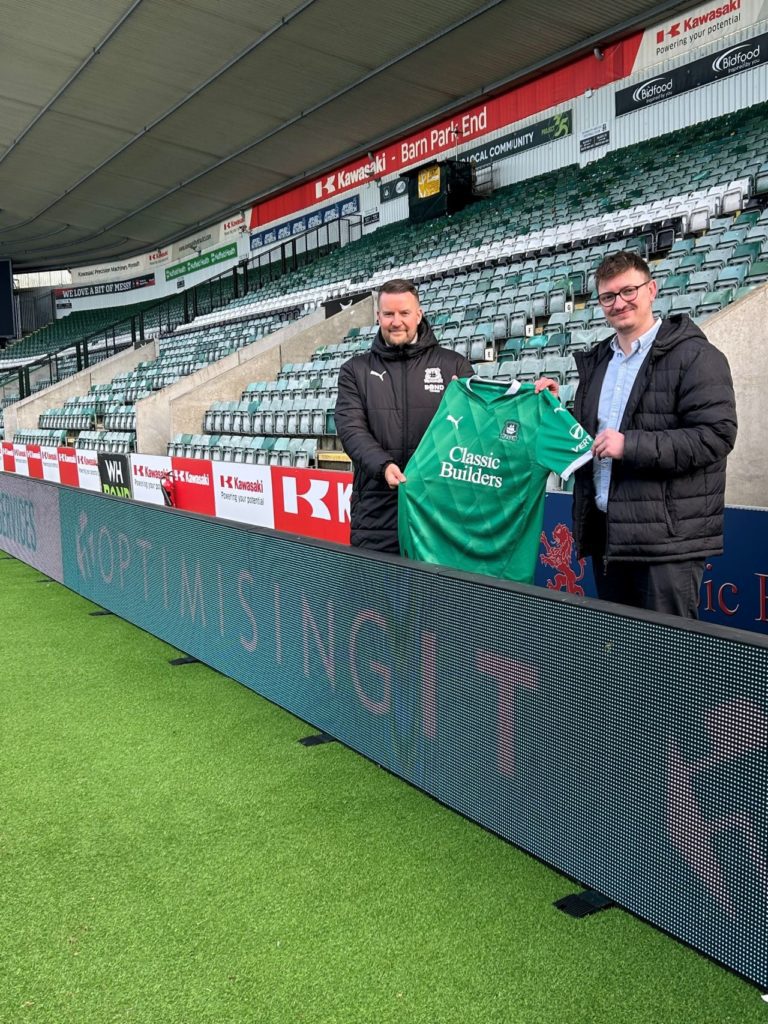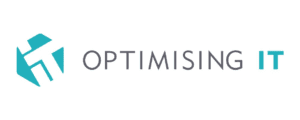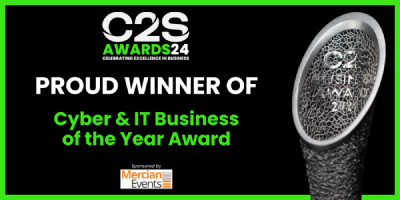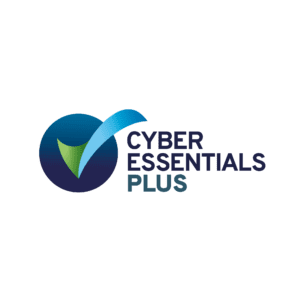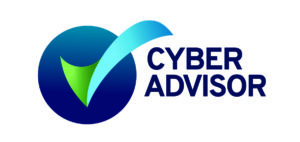To encourage the use of cloud computing in the public sector, the UK government developed the Government Cloud (G-Cloud) architecture in 2012. The framework is an agreement between the government and suppliers that makes it faster and cheaper to buy business cloud services than to sign individual contracts.
The Digital Marketplace, a front-end catalogue operated by the Crown Commercial Service (CCS) to enhance government procurement, makes accessible business cloud solutions to all public sector organisations, including agencies and arm’s length groups.
Digital Marketplace vendors must apply to participate in the G-Cloud framework and provide predefined business cloud services that address a need identified by one of the available Lots before their products will be made available for purchase.
But first, let’s quickly look at a few facts. By doing so, you’ll have no doubt that G-Cloud is the best option for selling to the government:
- G-Cloud was founded in 2012, and it is now in its thirteenth version (G-Cloud 13).
- As of January 2021, the G-Cloud architecture had over 5,000 providers offering 31,000 distinct cloud services.
- The British government spent over £2.8 billion on cloud services in the 2021-2022 financial year.
- Over 90% of G-Cloud Suppliers, including Optimising IT, are small or medium-sized businesses (SMBs).
- About 42% of all G-Cloud money, or £6 billion, has been given to small and medium-sized businesses (SMBs).
What Is a G-Cloud 13 Framework?
A buying framework is an arrangement between a framework owner and a number of suppliers that allows the framework’s users to purchase the products and services on the owner’s list without engaging in long procurement processes. However, you must first meet the inclusion requirements of the framework in order to be included. Organisations may submit requests to join G-Cloud several months before a new release goes online. Instead of possibly hundreds of bids every year, you just have to go through this laborious procedure once.
What’s the result? Directory of services and products similar to the familiar yellow pages. But don’t equate reaching this benchmark with landing new clients just yet. If your product or service is among the few chosen, that’s all it implies. The real job is just getting started in many aspects. Regardless of the kind of product you’re selling, you must still seek out prospective customers and persuade them to make a purchase.
Even so, it’s good that you’re throwing your hat into the ring. By just being included in the structure, you give yourself a massive advantage over any rivals who aren’t there.
What Are The Benefits Of Joining A Framework?
- When consumers bargain for more favourable prices up front, they save money.
- They make it easier for their customers to hire verified vendors and cut down on transaction expenses. In other words, going out to bid isn’t necessary for any new purchases. In the public sector, which is subject to tight procurement standards, this is a particularly welcome development.
- As far as the OJEU is concerned, they’re good to go. This eliminates the need to go through the extensive European Union procurement procedure for every transaction.
- Long-term partnerships between providers and customers may be formed via the usage of frameworks. This kind of honest discussion is conducive to constant development.
What Are The Disadvantages?
- If the supplier you want to deal with isn’t in the directory, you may perform one of the following:
- Substitute a different service provider.
- Carry on in the usual manner (provided procurement will let you).
- However, framework developers are often sluggish in incorporating newly available kinds of solutions. But the probability that you really need the latest revolutionary piece of technology is low. Once a year, G-Cloud revises its directory.
What’s G-Cloud 13 And What’s New?
At version 13, G-Cloud 13 is the latest and greatest version of the framework. Three Lots were available in the past, and vendors may submit bids for one of them based on the kind of services they offer:
Lot One: Cloud Hosting (IaaS and PaaS)
Businesses that provide cloud hosting services for data processing and storage, application deployment and management, and network connectivity are classified as Infrastructure as a Service (IaaS) and Platform as a Service (PaaS).
Lot Two: Cloud Software (SaaS)
Lot 2 highlights SaaS, or software that is delivered over the internet and stored in a cloud.
Lot Three: Cloud Support
Cloud support, on the other hand, draws attention to resources that aid with the management and maintenance of cloud-based applications and infrastructure.
Lot Four: Business Cloud services
G-Cloud 13 sees the introduction of a brand-new Lot. Run separately to Lots 1-3, for end-to-end Business cloud services, it has some changes to the traditional G-Cloud makeup. Here are some key points:
- It isn’t held within Digital Marketplace, alongside Lots 1 to 3, and will sit by itself.
- Direct Award will not be possible, and it will follow traditional framework bidding (not catalogue-style).
- Lot 4 is a competitive application with capped places, requiring more work at the application stage
Lot 4 is for large-scale transition projects. This includes planning, setup, migration, security services, ongoing support and more. Suppliers in this Lot will have to provide all of these provisions for larger projects. This particular lot is unique in that it will not be part of the Digital Marketplace proper. It’s also considerably harder for suppliers to become recognised since there’s greater competition for the allotted slots.
Is Your Business Eligible For G-Cloud 13?
So, we know that G-Cloud is a framework for procuring cloud-based resources, but how does a company get on the list? Do they qualify?
Expectedly, there are a number of requirements that businesses must meet before they can apply for a listing. However, it is seldom sufficient to just meet the entry requirements. Doing the bare minimum could get you in the door, but the fact is that there are thousands of other companies in the same position as you. If you want to get to the top of search results, you need to put up more effort.
To be even more direct, let’s just say that “lots” comes first and “lots” comes last.
You’re out of luck unless your company provides a cloud-based solution (i.e., no hardware required!!). Only services and goods offered in the cloud may be found in the G-Cloud. Additionally, custom-made goods and services are not permitted. When it comes to readily available Business cloud services, G-Cloud can be thought of as a yellowpages.
A Managed Cloud Computing Company Like Optimising IT Is What You May Need
Book an appointment with the team at Optimising IT. At Optimising IT, we are a managed cloud computing company on the G-Cloud 13 Crown Commercial Services framework. Optimising IT We measure ourselves against key performance indicators and adhere to stringent service delivery norms. Optimising IT is the first step toward a more efficient and well-planned IT infrastructure for your business. Contact us today for Managed cloud services.
